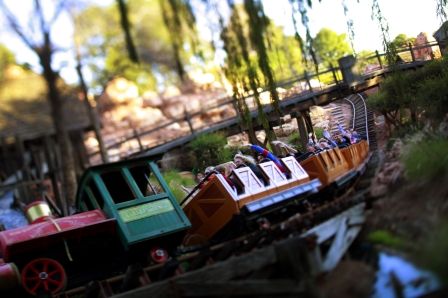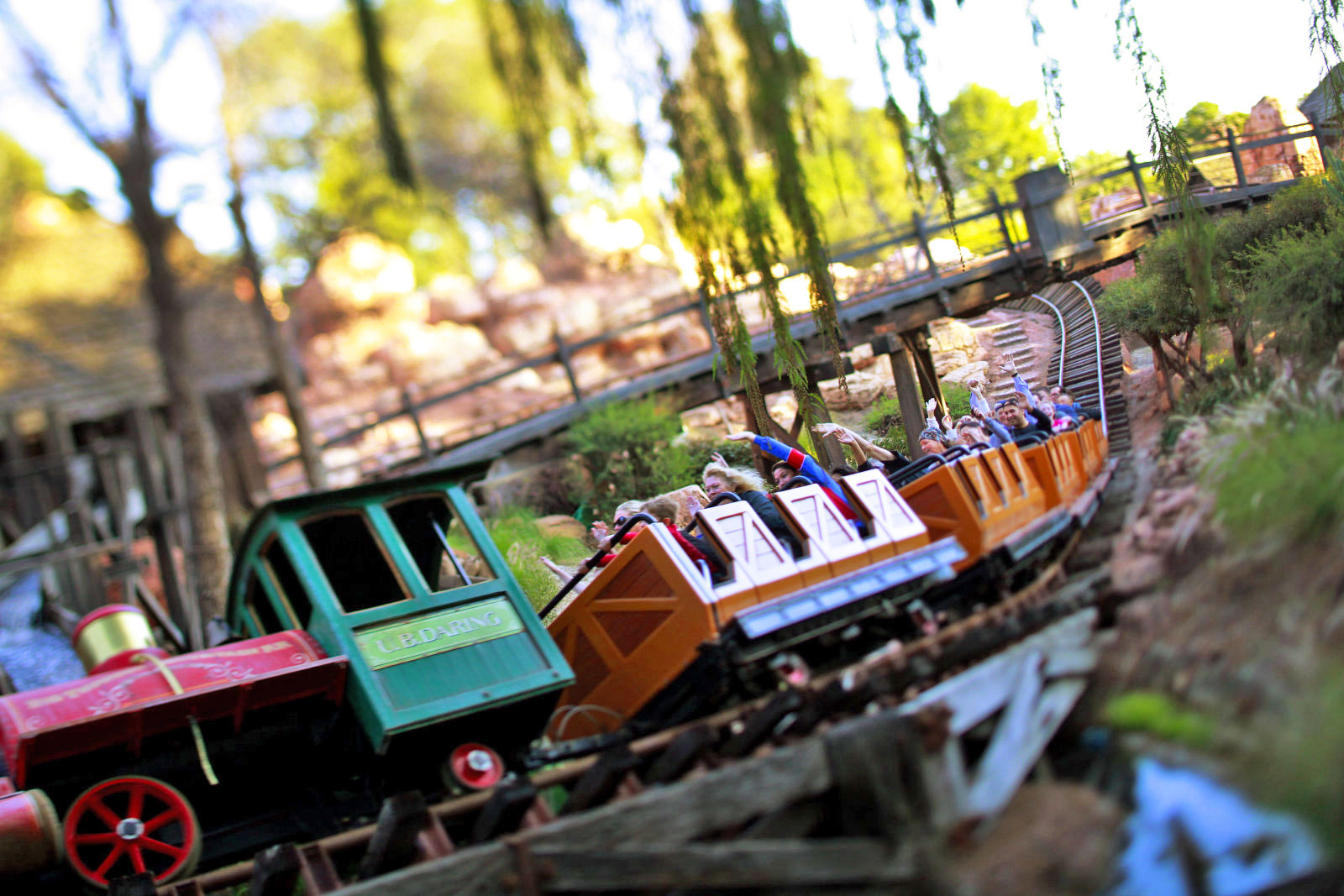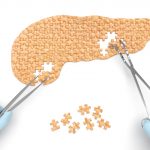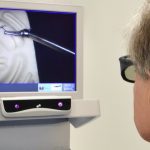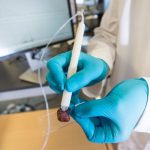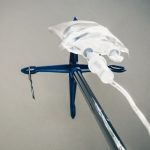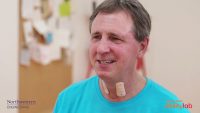Roller coasters might help you pass a kidney stone
According to an new study from Michigan State University’s College of Osteopathic Medicine, roller coasters can, in fact, do more than just give you a temporary thrill. Specifically, study author David Wartinger and his co-author Marc Mitchell set out to test the experience of one patient who claimed to have passed three kidney stones after taking three rides on Disney’s Big Thunder Mountain Railroad.
While that patient’s experience may seem coincidental, Wartinger and Mitchell set out to test it in the most scientific way possible: They built a 3D printed silicone model of a kidney, filled it with urine and three kidney stones, and then tossed the whole contraption in a backpack that rode Thunder Mountain along with them a total of 20 times. According to a statement from Wartinger, the team’s findings, “support the anecdotal evidence that a ride on a moderate-intensity roller coaster could benefit some patients with small kidney stones.” And where you’re sitting on the train can also make a difference. As CNET notes, sitting at the front of the ride helped get things moving with a 16.67 percent passage rate, but sitting in the back was even more effective – resulting in a 63.89 percent passage rate. On the other hand, a ride that is too fast or pulls too many G’s can actually hold the kidney stones in place, making things worse. (And you won’t get the same result on a VR coaster, obviously.)
Of course, riding a roller coaster isn’t a surefire way to get ride of a kidney stone, but when used in addition to standard treatments, the research team believes it could be useful therapy for the 300,000 people who suffer from kidney stones in the US every year. “If you have a kidney stone, but are otherwise healthy and meet the requirements of the ride, patients should try it,” Wartinger said. “It’s definitely a lower-cost alternative to health care.”
(10)

